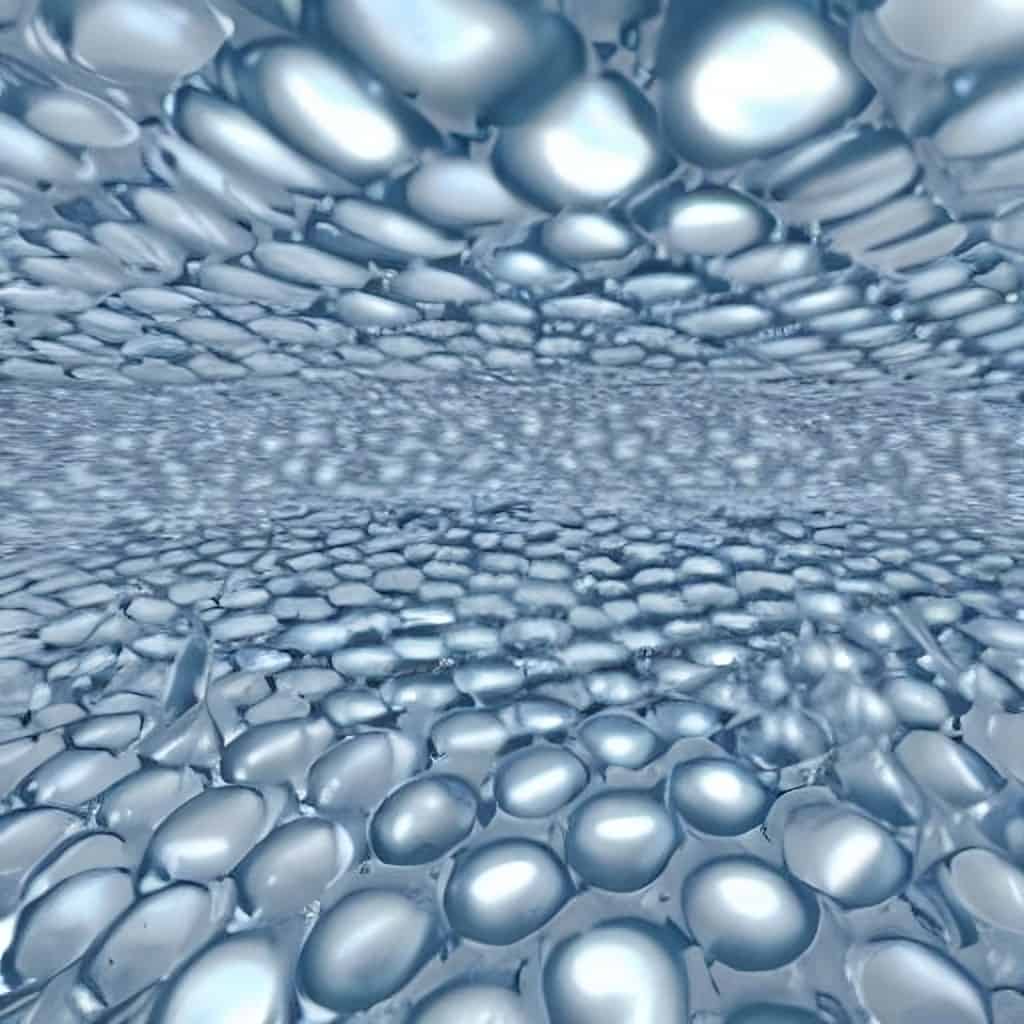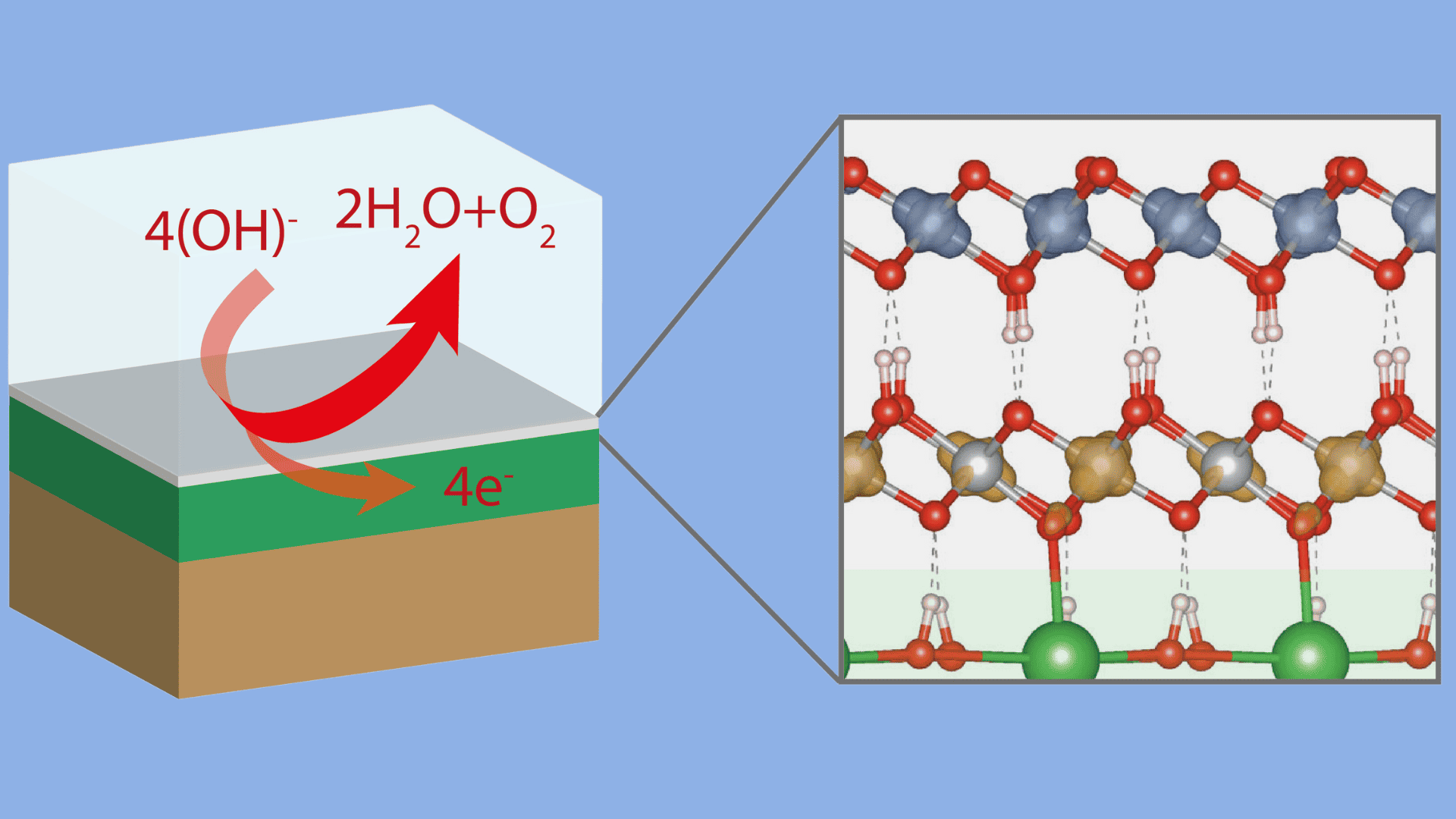
Researchers at Japan’s RIKEN Center for Emergent Matter Science have discovered a new method for safe, easy, efficient storage and extraction of hydrogen. They have identified a perovskite compound that undergoes a chemical reaction with ammonia at room temperature, transforming into a two-dimensional structure. This process allows the safe storage of ammonia, a crucial hydrogen carrier, and its subsequent extraction by simply heating the compound. The compound can change colour during the storage process, promising the development of color-based ammonia sensors. This innovative method, cheaper than traditional liquefaction.
- Ammonia offers advantages over hydrogen due to its lower volatility and ease of storage.
- Being a gas, ammonia is not ideal for storage and transportation.
- However, researchers have recently discovered a material that enables efficient storage of ammonia.
A breakthrough in hydrogen storage
At the heart of this groundbreaking research is a compound known as ethylammonium lead iodide (EAPbI3), a type of perovskite. The discovery revolves around the compound’s unique reaction when exposed to ammonia, a crucial hydrogen carrier. Under normal room temperature and pressure, EAPbI3 undergoes a chemical reaction that transforms it into a two-dimensional layered structure, effectively storing the ammonia within its structure.
This process, as simple as it may sound, carries significant implications. Traditional methods for storing ammonia have typically involved either liquefaction at extremely low temperatures or storage within porous compounds – both of which come with their own set of challenges and limitations. The newly discovered method, however, offers a more convenient, cost-effective alternative.
From storage to retrieval: An energy-efficient process
Not only does this perovskite compound store ammonia, but it also allows for its easy extraction. By gently heating the compound, the stored ammonia can be retrieved. This extraction process is significantly more energy-efficient than the high-temperature requirements of other methods. Furthermore, once the ammonia has been extracted, the compound can revert to its original structural state, enabling repeated storage and extraction cycles.
Estimates suggest that the NH3 uptake capacity of the perovskite compound is approximately 10.2 mmol g–1 at a pressure of 1 bar and a temperature of 25 °C. Moreover, ammonia extraction can be achieved through a condensation reaction at 50 °C under vacuum conditions.
Colourful Prospects: The Potential for Ammonia Sensors
In addition to its storage and extraction capabilities, the perovskite compound demonstrates another intriguing feature: a colour change. When storing ammonia, the compound shifts from yellow to white. This suggests the exciting possibility of developing colour-based ammonia sensors, which could provide a visual indication of the amount of ammonia stored within the compound.
This colour change is not just a curious visual effect, but a practical tool that could have significant implications for the monitoring and management of ammonia storage. With such sensors, it would be possible to quickly and easily assess the level of ammonia in storage, improving efficiency and safety in industries that rely on ammonia.
Implications for a Sustainable Future
The discovery of this perovskite compound and its unique properties could have far-reaching implications. In the short term, it provides a safer, more efficient method for storing ammonia – a substance that is widely used in various industries such as agriculture, pharmaceuticals, and textiles.

Yet perhaps the most significant impact of this research lies in its potential contribution to the development of a decarbonised society. By offering a safe and cost-effective method for storing and extracting hydrogen, this discovery could pave the way towards a practical hydrogen-based economy.
The researchers hope that their work will inspire further exploration of dynamic, reversible, and functionally useful compounds for the chemical storage of ammonia. Such compounds could serve as carbon-free energy carriers for hydrogen production, contributing to the advancement of renewable energy sources and the goal of a more sustainable future.







